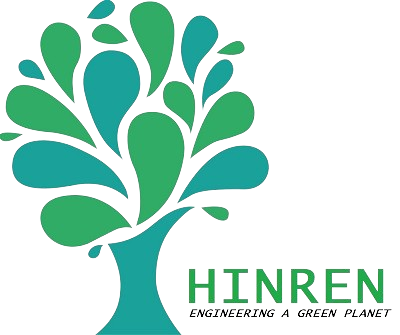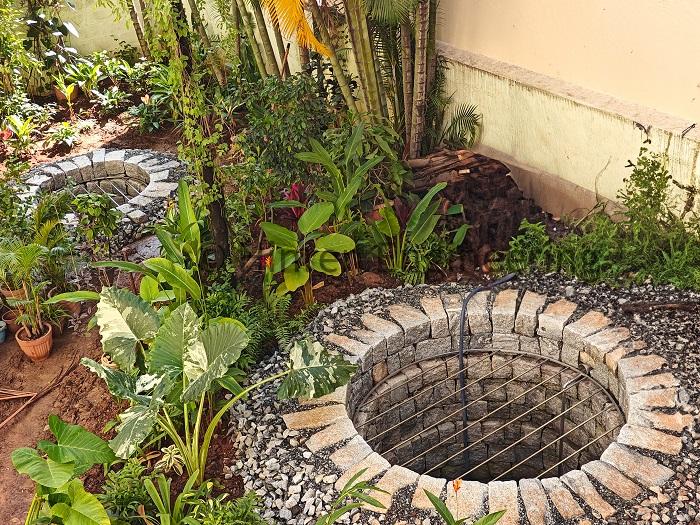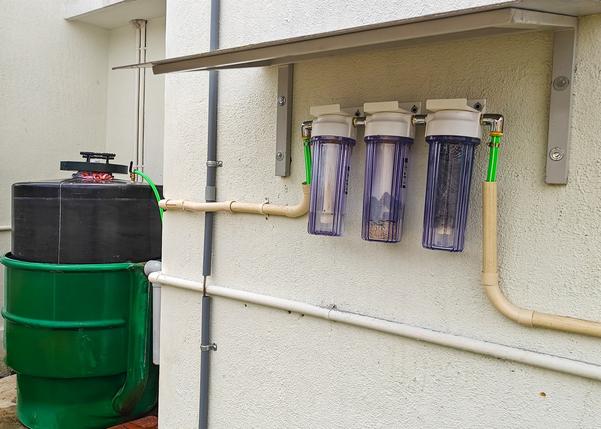Groundwater recharge is one of the most effective ways to increase both the quantity and quality of groundwater, especially in urban areas facing water scarcity. The process involves redirecting rainwater runoff into aquifers through recharge wells, typically 25–40 feet deep, which allow water to percolate and replenish underground reserves. How it works: Rainwater from rooftops, roads, and open spaces is collected, desilted, and directed into recharge wells. Placed strategically near runoff zones or existing borewells, these wells improve recharge efficiency. Over time, groundwater levels rise, enhancing availability. In some cases, recharge wells can also serve as withdrawal wells once the water table rises sufficiently. The Bangalore Example: Bangalore receives about 3,000 million liters of rainfall daily during monsoon—roughly 3.5 million liters per acre annually. If even 30% of this runoff were recharged, the groundwater supply would exceed the volume currently brought in from the Cauvery River, highlighting the immense potential of urban recharge. Conclusion: Groundwater recharge is simple, cost-effective, and sustainable. With proper filtration, placement of recharge wells, and citywide adoption, it can transform urban water management, secure local aquifers, and provide resilience for future generations.


